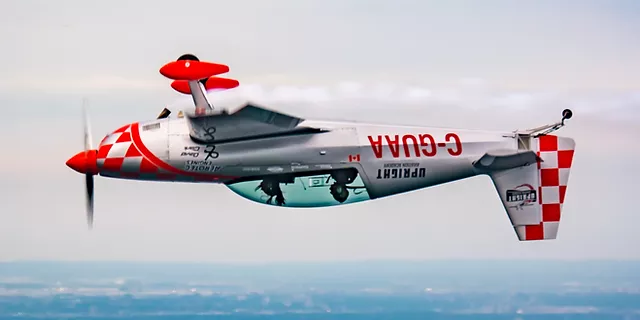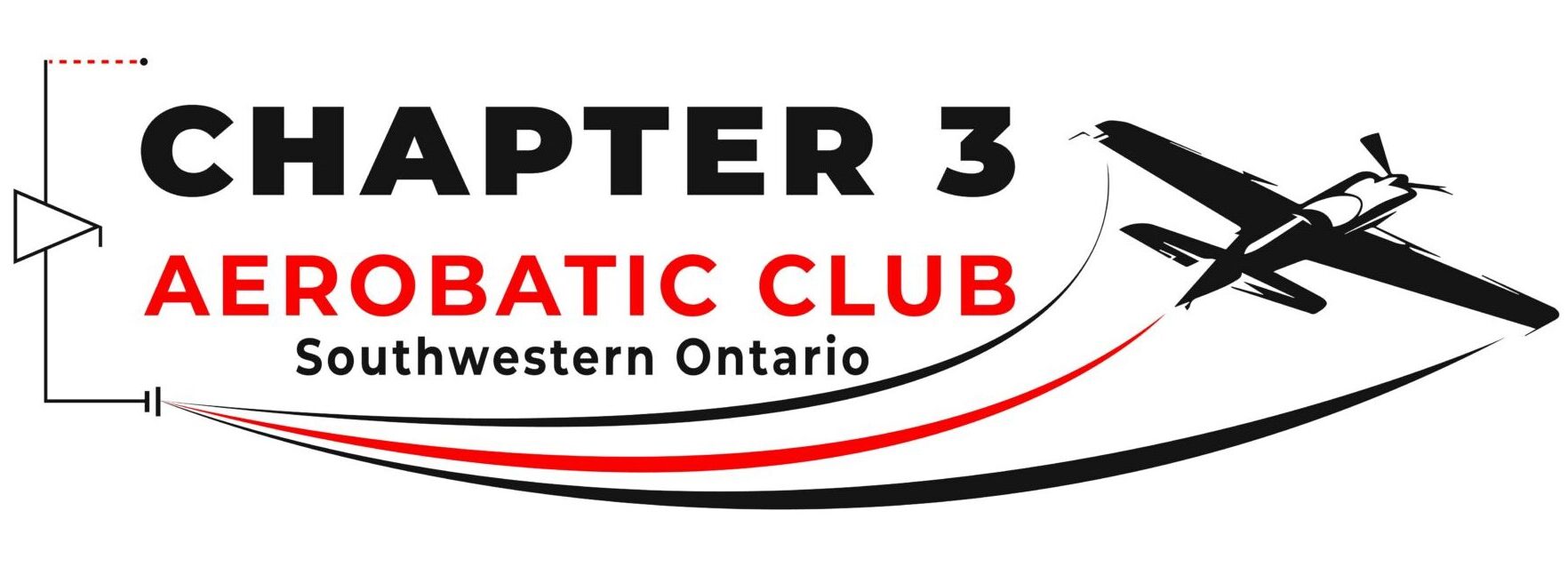About us
Aerobatic Training In Ontario
Historically, it was very difficult to find good Aerobatic training in Ontario. While the CARs allow for solo aerobatic flight without training, it is wise to get training from a reputable flight school that can teach you how to safely operate a taildragger and aerobatic aircraft.
The differences between Taildraggers and Nose-wheel airplanes…
One of the first things people notice about aerobatic airplanes is that most of them do not have a nose-wheel. They are what we call taildraggers. You’ve probably associated these with warbirds from world war 2 and earlier. While they give aerobatic airplanes a sleek look, there are some unique handling characteristics.
Advantages of Taildraggers:
> Due to its position much further from the center of gravity, a tailwheel supports a smaller part of the aircraft’s weight allowing it to be made much smaller and lighter than a nose-wheel. As a result, the smaller wheel weighs less and causes less parasitic drag.
> Because of the way airframe loads are distributed while operating on rough ground, tailwheel aircraft are better able to sustain this type of use over a long period of time, without cumulative airframe damage occurring.
> If a tailwheel fails on landing, the damage to the aircraft will be minimal. This is not the case in the event of a nose-wheel failure, which usually results in a prop strike.
> Due to the increased propeller clearance on tailwheel aircraft less stone chip damage will result from operating a conventional geared aircraft on rough or gravel airstrips, making them well suited to bush flying.
> Tailwheel aircraft are more suitable for operation on skis.Tailwheel aircraft are easier to fit into and maneuver inside some hangars
Disadvantages of Taildraggers:
> Without proper training, Taildraggers can be unforgiving that can lead to a groundloop. A ground loop occurs when directional control is lost on the ground and the tail of the aircraft passes the nose, swapping ends, in some cases completing a full circle. This can damage the aircraft.
> Forward visibility typically isn’t great, especially when you move up to more high-performance aerobatic machines ex. Pitts, DR-107, Acrosport. To compensate, you need to conduct gentle S-turns when taxiing on the ground. Each turn allows you to see what’s in front of you.
> Unlike nose-wheel airplanes, you don’t stop flying the plane until the engine is off and the plane has come to a full stop. Due to the lack of visibility, and requirement to always have your hands and feet controlling the aircraft safely, they require more attention.
> Due to the high nose angle, and angle of attack, taildraggers are more susceptible to p-factor, and when a crosswind is present, can create more lift on one wing therefore making control more challenging.
The above are some of the key reasons why you want good training.

Why Get Aerobatic Training?

It goes without saying. A safe pilot, is a prudent pilot, and aerobatic training is no different. Getting good training will make you a safer and proficient aerobatic pilot. The biggest risk factor when flying aerobatics is getting into a situation you don’t know how to get out of. There are multiple spin modes (Inverted, flat, upright, crossover etc..) that you could potentially get into and might not know how to get out of. This is where training pays off.
There are limited aerobatic flight school options in Ontario, however, we are fortunate enough to have Upright Aviation in Burlington. They operate a Super Decathlon and an Extra 300L, both great training platforms. They also provide tailwheel training as well as upset recovery. It is highly recommended that you check them out.

